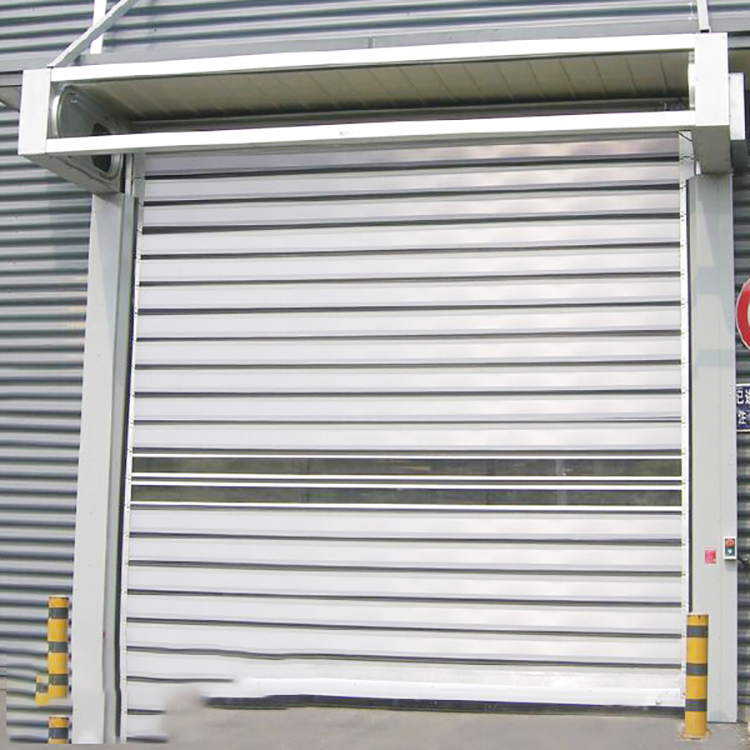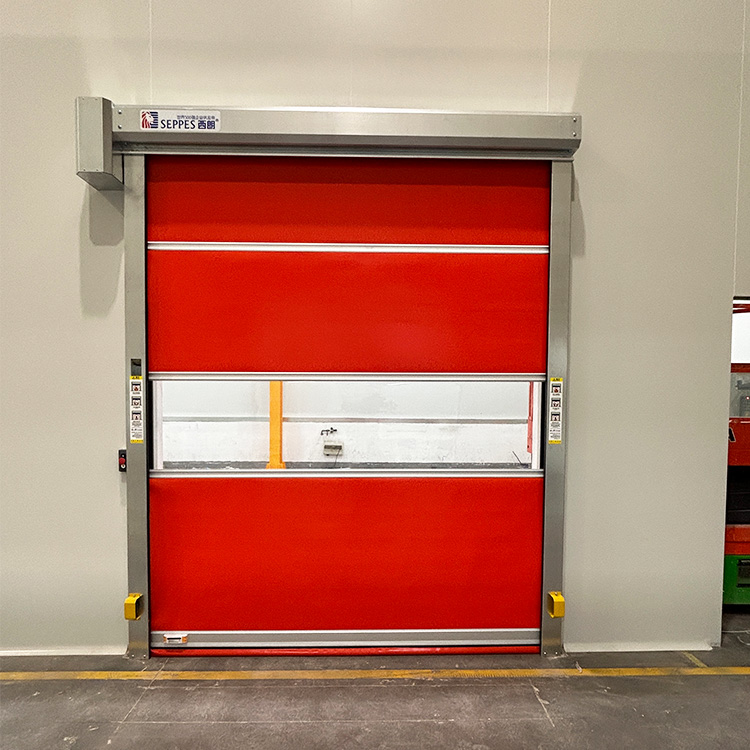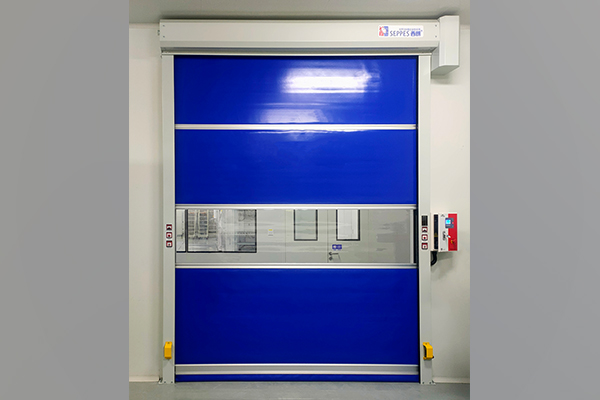Advantages of High-Speed Spiral Doors for Factory Entrances
High-speed spiral doors offer numerous advantages for factory entrances. These doors significantly enhance operational efficiency with their rapid opening and closing capabilities, reducing energy consumption and maintaining internal temperature control. Their robust construction and advanced safety features provide added security, while effectively insulating against noise. The compact design and low maintenance requirements of high-speed spiral doors make them an ideal choice for optimizing space utilization and reducing operational costs in factory environments.

Rapid Opening and Closing
High-speed spiral doors are designed to open and close at a much faster rate compared to traditional doors. This rapid operation minimizes the time the door remains open, enhancing the flow of traffic and reducing waiting times for vehicles and personnel.
Improved Workflow
By reducing delays caused by slower door operations, high-speed spiral doors contribute to a smoother and more efficient workflow within the factory. This efficiency can lead to increased productivity and reduced operational costs.
Insulation
High-speed spiral doors often come with excellent insulation properties, further enhancing their ability to maintain temperature stability and reduce energy consumption for heating or cooling.
Advanced Safety Features
High-speed spiral doors are equipped with advanced safety features such as sensor-based controls that detect obstacles and prevent accidents. This is crucial in a busy factory environment where the risk of collisions and injuries must be minimized.
High-speed spiral doors provide key benefits for factory entrances, including enhanced efficiency, energy savings, improved security, and noise reduction. Their rapid operation, durable construction, and advanced safety features contribute to a safer and more productive work environment while minimizing maintenance needs and optimizing space utilization.




Comment (0)